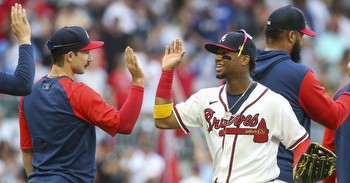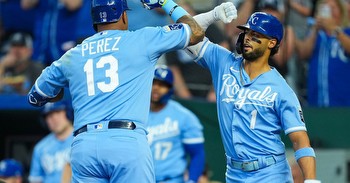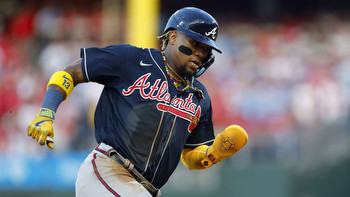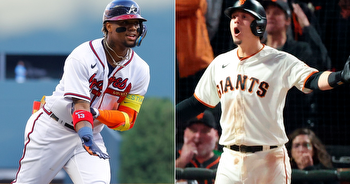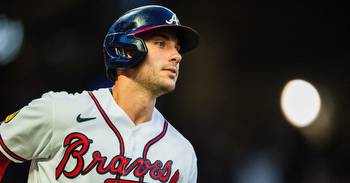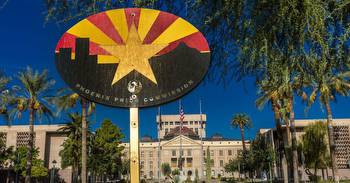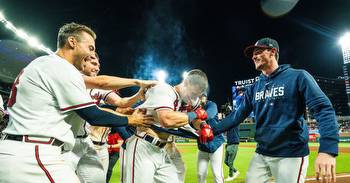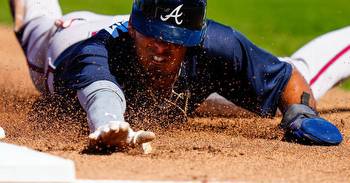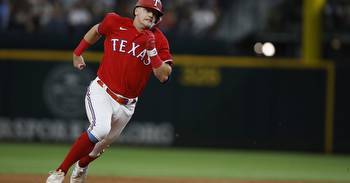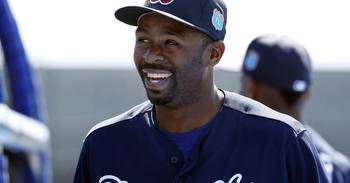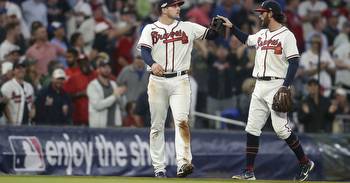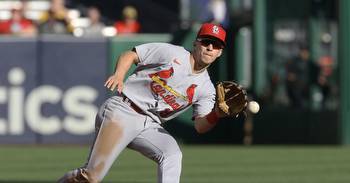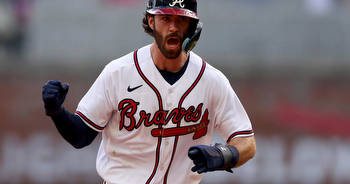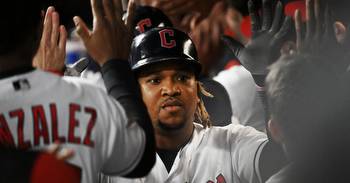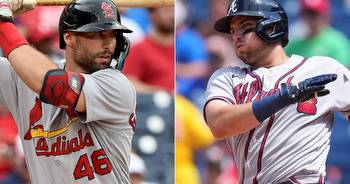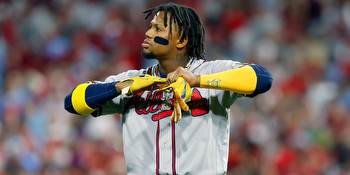Don’t forget about Austin Riley! Breaking down his fantastic season.
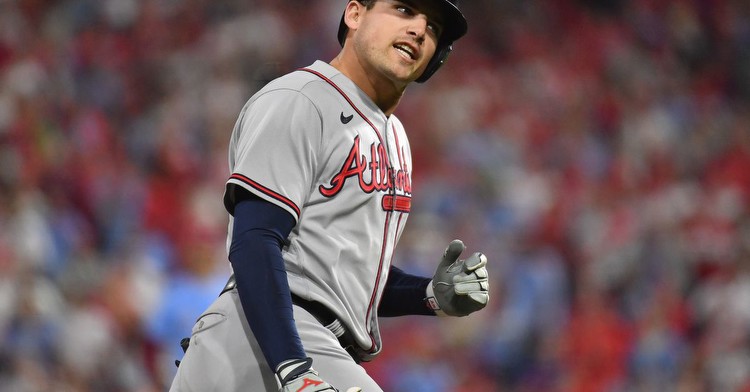
The Atlanta Braves obviously had a disappointing early exit in the playoffs, due to their lack of offense from their record setting lineup. One of the bright spots in the playoffs was fan favorite, Austin Riley. Riley had an impressive 1.059 OPS in his four games against the impressive showing that the Phillies brought with their pitching staff.
This brings us to take a step back and reflect on Austin Riley’s impressive regular season. He once again was one of the best third baseman in MLB. In fact, he led all primary third baseman in MLB with a 5.2 fWAR, just edging out Jose Ramirez (5.1). To put in perspective how much better he was than other third baseman in general, tenth place had 3.2 fWAR (Eugenio Suarez).
We know why he was overshadowed. When you have guys like Ronald Acuña Jr. having the season he did, and Matt Olson setting the franchise record for single season HRs, seasons like Riley’s do not get the attention that they would otherwise. This is perfectly okay. But, let’s spend some time digging into the numbers that Riley had.
This season saw Austin Riley have a slash line of .281/.345/.516. This equated to a wRC+ of 127.0 (27.0 percent better than league average). While his wRC+ was the third best of his career, his counting stats saw quite a few personal bests.
His three triples, three stolen bases, fifty-nine walks, eleven sacrifice flies, four intentional walks, one-hundred-seventy-nine hits (tie), one-hundred-seventeen runs, and three-hundred-twenty-eight total bases were all career highs for him. His TB were actually three higher than when he led the league in 2022.
Also of note, his thirty-seven HRs and ninety-seven RBI were the second highest of his career. Now, of course RBI and Runs are heavily influenced by the offense around you, and he also had the most plate appearances and at bats of his career. He also had some negatives. His one-hundred-seventy-two strikeouts were four more than his career high, and eighteen GIDP were also a career high. However you spin it though, he had a solid year when it comes to counting stats.
But wait, his wRC+ is only the third best of his career, yet his fWAR led all MLB primary third baseman, how could this be?
Base running, and defense.
Defense can be debated relentlessly due to it not being as straight forward as offense. There are variables like jump time, range, and more that the naked eye does not typically pickup. Defensive metrics are also relatively new. That being said, there is no debate that overall Riley had his best defensive season in terms of defensive metrics that he has ever had, and it’s not even really that close.
Before we get too heavy on defensive stats, take five minutes and read this article, it will help better explain these defensive metrics.
If we look at overall defensive rating given by Fangraphs, we see that Riley has his first season with a positive rating. His 2.2 Def is the best since his negative 1.3 in 2021. This Def stat is used by Fangraphs to show how much better than average a player is, regardless of position. For example, odds heavily favor an every day center fielder being better at defense than a left fielder.
We can break Riley’s defense down even further.
His Defensive Runs Saved (DRS) of nine is the second best of his career. DRS is position specific, so in terms of DRS, he was nine runs better than the average third baseman. DRS heavily focuses on play probability. So, for example, if there was a play that had a 25.0 chance of being made, and Riley made it, his DRS score would go up. If a play had a 75.0 percent chance of being made, and Riley missed it (regardless if an error ensued or not) his score would go down.
The biggest jump we saw from Riley was his range. If we look at his Ultimate Zone Rating (UZR), we can see his negative 2.3 and think “why is that a big deal?” Well, considering his best ever season as a starter in terms of UZR was negative 11.7, we can see why. His UZR was 334.2 percent better than his second best year.
UZR factors in multiple variables, such as range itself, errors, and arm strength. What we want to take a look at is range itself. If we look at the stat Range Runs Above Average (which factors in just range), Riley never had a season better than negative 2.3, and that was the COVID season. In a full season, his best was negative 4.6. This season, it was a negative 1.8. That is a positive increase of 255.5 percent.
If we look at Statcast’s Outs Above Average (OAA) we will also see that he is not going to be a front runner for any defensive awards. That being said, he made huge improvements in this area as well. OAA does not account for position, and we see that he was in the bottom 46.0 percent among all MLB players. That may seem low, but when you consider that prior to this season he was never better than the bottom 19.0 percent (2021), we can see that is was indeed a large improvement.
Now, we can also look at his base running and see that Riley also saw a noticeable improvement. Based on the same chart above from Fangraphs, we can see that his BsR is a positive 2.1. The best season he ever had in a non-shortened season was a negative 1.1 way back in 2019.
BsR is an all-encompassing stat that is used in calculating fWAR. It is far beyond just stolen bases. It combines steals, grounding into double plays, and all base running that happens outside of steals (UBR).
His jump in BsR is due to his massive jump in UBR. UBR is calculated as “taking the run expectancy of the advancement (or lack thereof) and credits that to the base runner depending the frequency with which the average runner advances in the same situation.”
While Riley’s the other variables in BsR were actually slightly worse, his UBR took as massive jump. He has never had a UBR better than negative 0.9 in a full season since 2019. This season, he had a 4.3.
It may be surprising, but Riley was actually quite swift on the base paths. If we look at his average sprint speed, we can see that he had a 28.1 ft/sec. Shockingly, his speed was actually faster than Acuña in this specific measurement.
Now, we know that Acuña would win in a sprint race. His eighteen bolts show this. A bolt is a single instance where a runner goes faster than 30.0 ft/sec. However, this does show us that Riley is no slouch when it comes to speed.
In summary
Riley ended up having a down year offensively in terms of wRC+ by his standards, but his massive increases in defense and base running mad up for it. Austin Riley was once again one of, if not THE, best overall primary third basemen in MLB.

